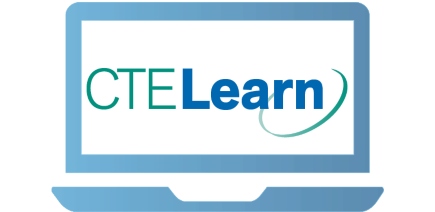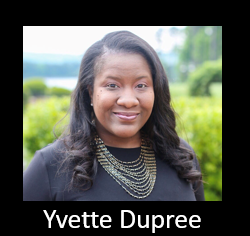FOR IMMEDIATE RELEASE
September 15, 2021
Contact: Megan Kmiotek
>nbsp;
ACTE Announces District of Columbia CTE Director as National Award Finalist
>nbsp;
ALEXANDRIA, VA—Today, the Association for Career and Technical Education (ACTE) announced Clifton Martin, CTE Director at District of Columbia Public Schools located in Washington, D.C., as the 2021 ACTE Region I Administrator of The Year. This award recognizes administrative career and technical education (CTE) professionals at the school, district, county, state or federal level who have demonstrated leadership in ensuring teacher and student success and have made significant contributions toward innovative, unique and effective career and technical education programs.
>nbsp;
Clifton Martin is a CTE Director with over 20 years of experience in career and technical education (CTE). Currently, Martin is responsible leading a small team of six, within District of Columbia Schools (DCPS), and he is constantly setting the standard for CTE within the District. Martin has been an engineer for NASA and after a few years, he transitioned to education. Martin has been a teacher, school administrator, and state accountability coordinator during his time in CTE. Martin is a proud Baltimore native and Morgan State alum. He has served in the Baltimore and DC communities. Martin is a dynamic leader that leaves most people inspired and excited about the work that needs to be done for students.
>nbsp;
Martin is one of five finalists for the 2022 national title. The national winner will be announced at the virtual ACTE Awards Gala an award presentation recognizing the best CTE educators in the country. The event will take place on Tuesday, November 30 at 5:00 p.m. ET. The Virtual Awards Gala is sponsored by Express Employment Professionals, Goodheart-Willcox and Stratasys. For more information about the ACTE Excellence Awards, visit our webpage.
>nbsp;
###
About ACTE
The Association for Career and Technical Education (ACTE) is the nation’s largest not-for-profit association committed to the advancement of education that prepares youth and adults for successful careers. ACTE represents the community of CTE professionals, including educators, administrators, researchers, school counselors, guidance and career development professionals and others at all levels of education. ACTE is committed to excellence in providing advocacy, public awareness and access to resources, professional development and leadership opportunities.
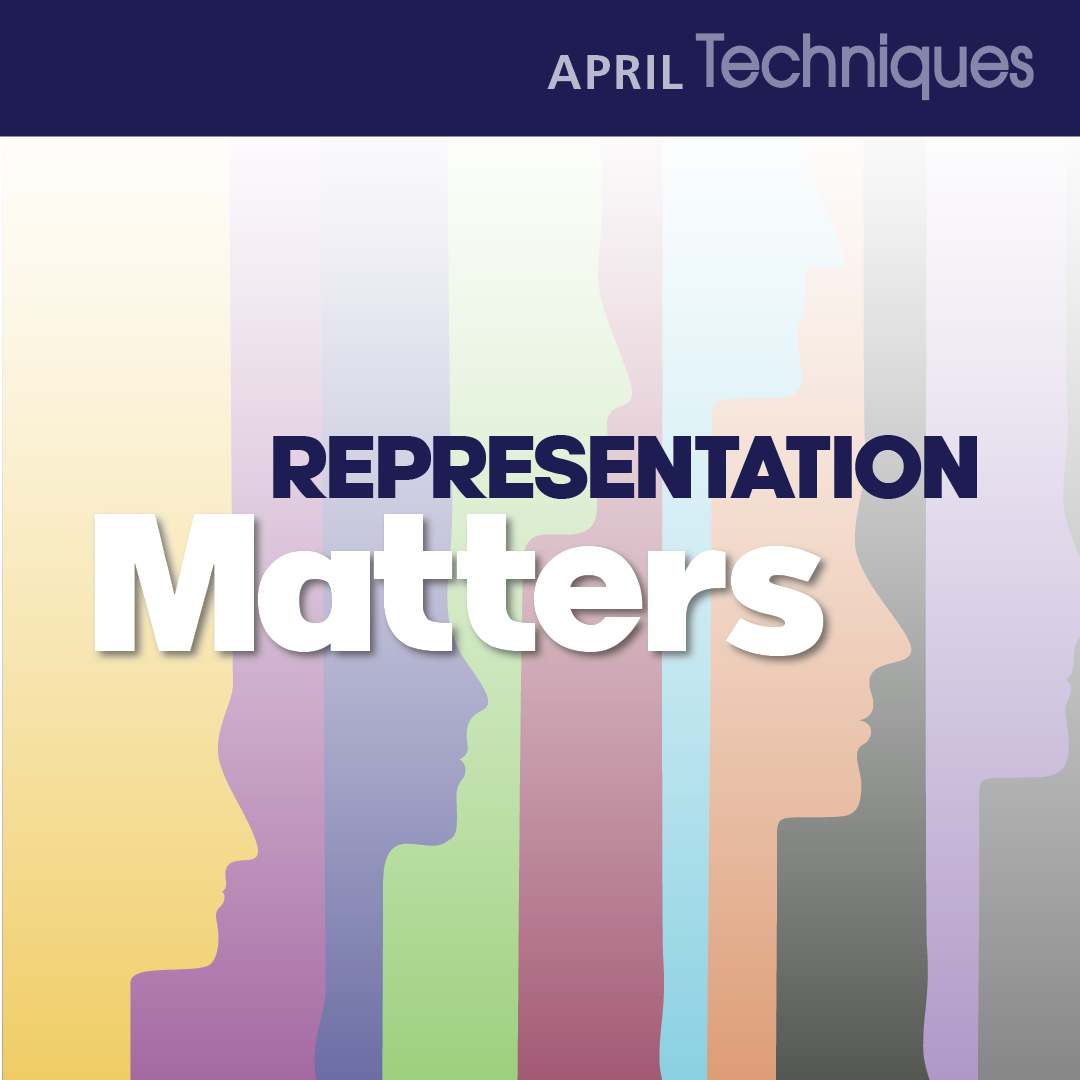
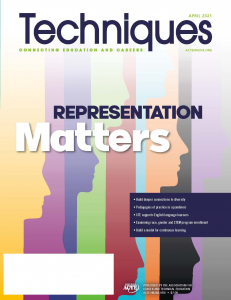
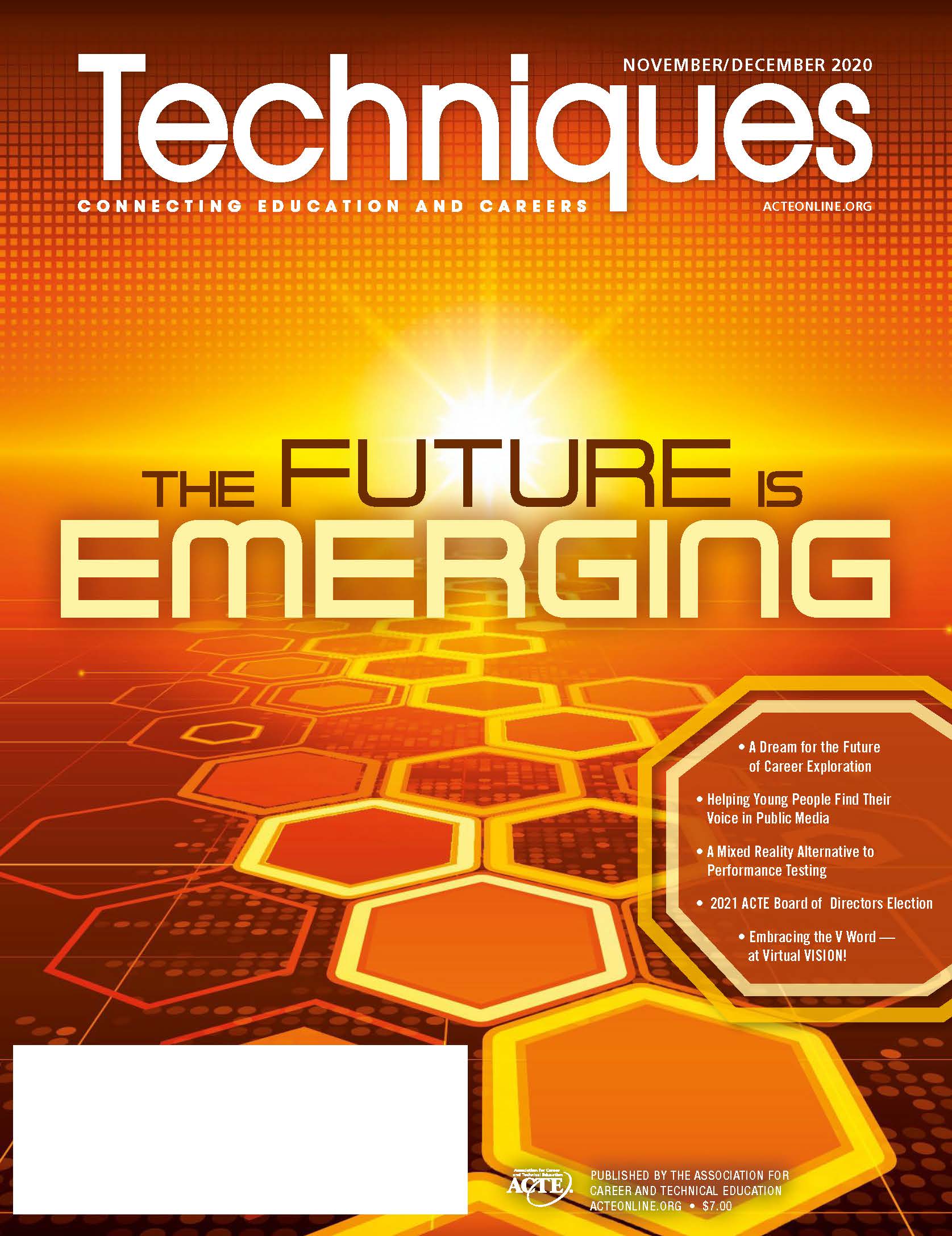
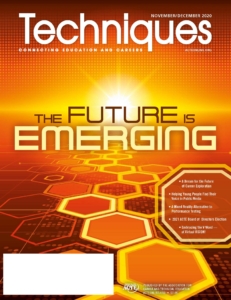
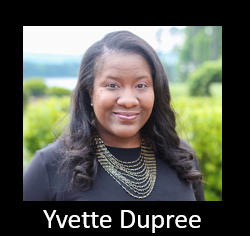
 supplies, and networking. This conference is the largest meeting of Career and Technical Education, which focuses on secondary and postsecondary CTE. Input from all of the different Divisions within ACTE is taken into account when planning VISION, ensuring there is something for everyone. There are always a plethora of sessions to attend. Like most Educators, I have attended many conferences, but I have never seen anything quite like Vision.
supplies, and networking. This conference is the largest meeting of Career and Technical Education, which focuses on secondary and postsecondary CTE. Input from all of the different Divisions within ACTE is taken into account when planning VISION, ensuring there is something for everyone. There are always a plethora of sessions to attend. Like most Educators, I have attended many conferences, but I have never seen anything quite like Vision. 